Reballing with Nets – The Direct Heat Myth – This article is copied from internet .. A fantastic article
We will start talking a bit about the differences in reballing methods and elements used.
Remember this chapter here is only about the reballing part, not about profiles, temperatures or which machine to use.
In reballing there are 2 procedures, the NETS or STENCILS procedures.
The NETS procedure is often called Direct Heat procedure as the NETS rest without support on top of the chip (Not because the NETS can withstand more heat – That is a myth -). You usually pour balls on it by holding it with your hands or tweezers if you are capable of doing it and you use an anti-static anti-acid Bowl on the bottom to pick up the balls that do not fit, then with a Squeegee ( Squeeze pen or reballing Pen ) you try to put all the balls in place.
NOTE: Because is called direct heat procedure does not mean the nets resist more heat than stencils, is all in the way you use the elements ( heat and wind ) properly that makes a good procedure, Stencils are supported by a base and goes with a lot of are that can bend, but only because your application of heat is not properly made. So there is no difference on the material used to make nets or stencils.
TIPS ON THIS PROCEDURE: Clean very well the chip before you start doing the reballing; first with your Soldering Iron, a tip type K ( Knife ) or D ( Drag ) and your tin line, then some use acetone , alcohol , branded rust cleaner or antioxidant liquid (or both) usually for this, remember to use gloves and mask if you are using fluxes and acetone with odor and fumes. If you have pads damaged on your chip, that is not because of your popping up process, some chips deteriorate like that naturally and lose pads, you can remake them or replace the chip on that case, do not reball a chip with pads lost (It is a recommendation not a must do)
PROCEDURE: After the chip is all cleaned and rested for a couple of minutes, use a thin layer of flux (remember this is a lubricant and anti rust substance, if you apply too much will flood your procedure and you wont be able to put your balls in place) , you can apply with the same squeegee or a plain instrument, then place the net on top of the chip, be patient and make sure you go with the guide corners in each chip, and make sure is all perfectly located, you can use some kapton tape on the sides of the chip to hold to the net to help you once is placed to not be moved. Then pick up the chip with the net on it and pour the balls having a bowl below your hand so you don’t lose balls. After this, rest your chip on a cardboard or plain surface and try to make all the holes on the net have a ball on it and remove the extra balls that will not be used, you can use the soldering tip i or B for this issue too (without the soldering iron being turned on, just for the remove of the extra balls only as cold tool).
After this is done you are ready to fit the balls into the chip, remember you are not going to melt them completely, you will just fit them in the contacts, your full fixing is to the main board not to the chip, you will do a quick fit right now, you will place the chip in a place that can receive heat and then blow some hot air on top of it, about 180 to 190 degrees if you are using Leaded, about 220 to 230 degrees if you are using unlead. Use your hand properly as you are doing a spiral around the chip, like serving an ice cream cone from a machine. until you see the balls in place. Let the chip rest again, and the remove your net, you can use a blower or air pump with no heat to check for the balls to be all in place. So, your chip is fit again and ready to go to your mother board.
FINAL COMMENT: Please be patient, the main rate of failure in these procedures is due to the lack of patience by the operator. Reballing, Rework and Re-flow is not a quick buck of this century, is a service you are doing to your customer, that requires practice, dedication and patience, if not your boards will return in a month or two weeks to you.
DISCLAIMER: This procedure is not universal, and there are many ways and personal variables that can work for each operator, please use the forum of ” Experiences ” or this topic to make your own comments and how works for you. There is not full profiles or procedures in repairs, some operators use personal variables and again practice make masters on this, never get frustrated because it does not work for you at the beginning, you need to practice, like in a fine musical instrument, you will tune up with time and dedication.
THE WRITER OF THIS POST IS A NOT FLUENT ENGLISH SPEAKER AND ENGLISH IS NOT HER FIRST LANGUAGE, THIS POST IS WRITTEN IN AN INFORMAL WAY.
THIS PROCEDURE POST IS UNEDITED AND IS SUBJECTED TO CHANGES AND EDITIONS WITHOUT NOTICE.
Thank you for your reading.
Linda Wu
Dragon Group China
Technical Support


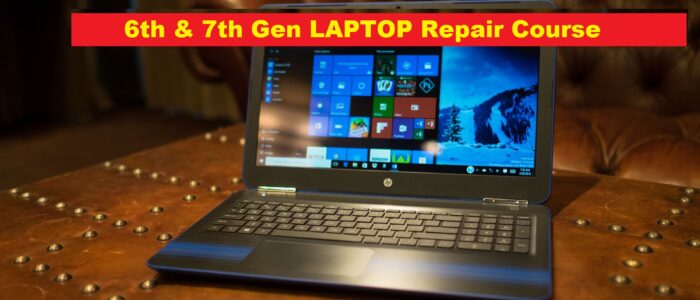

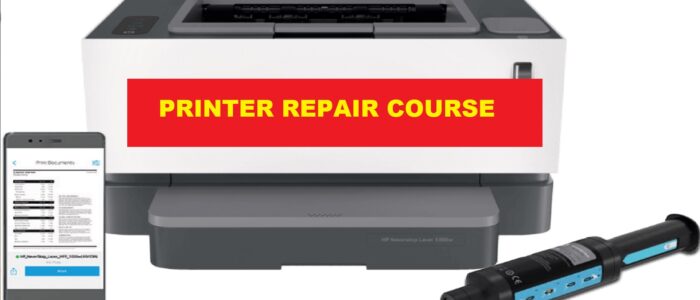
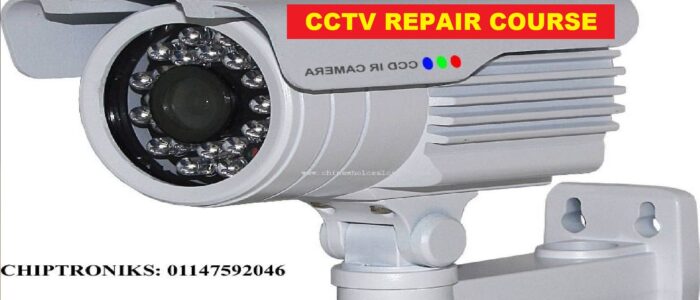
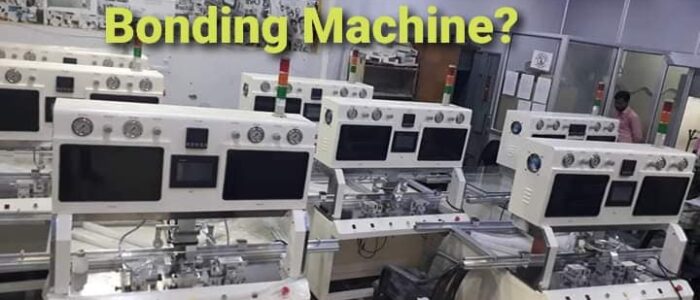


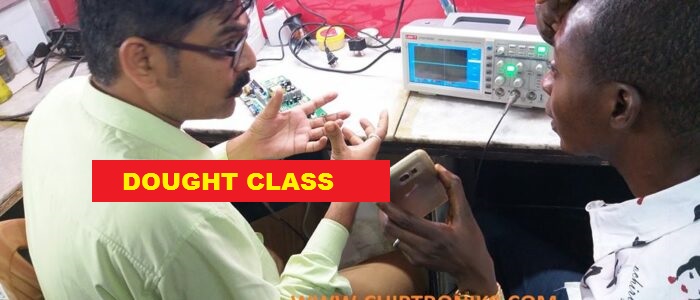
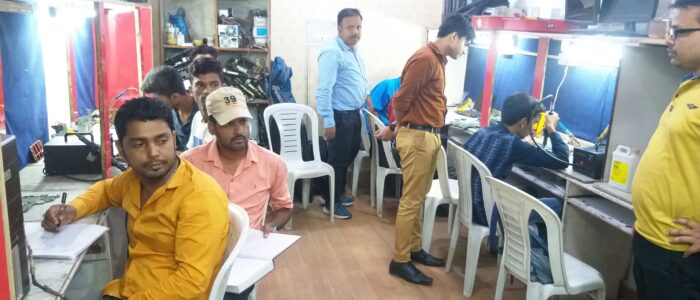
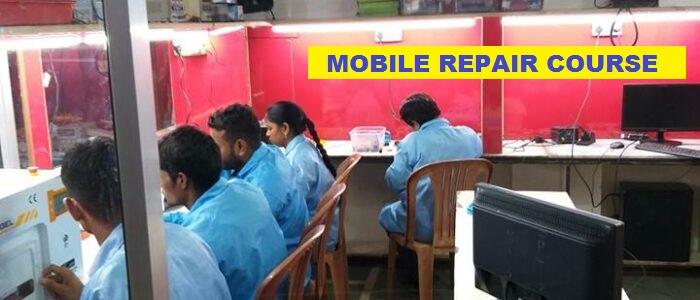

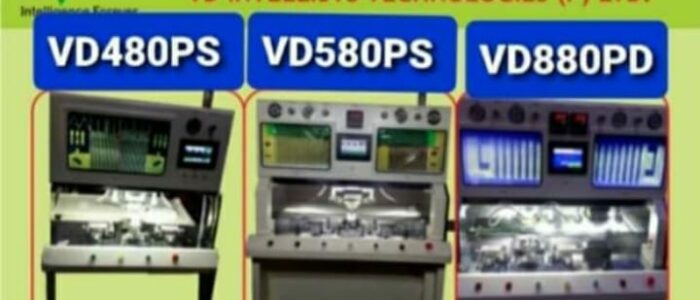

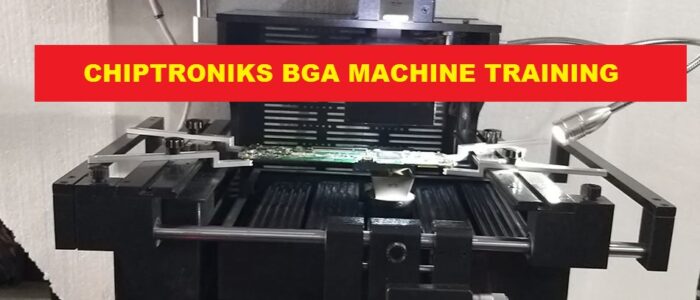

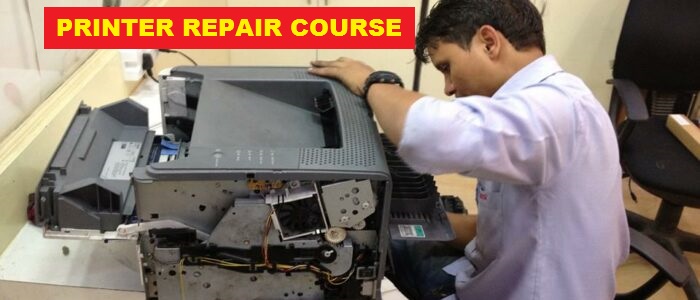
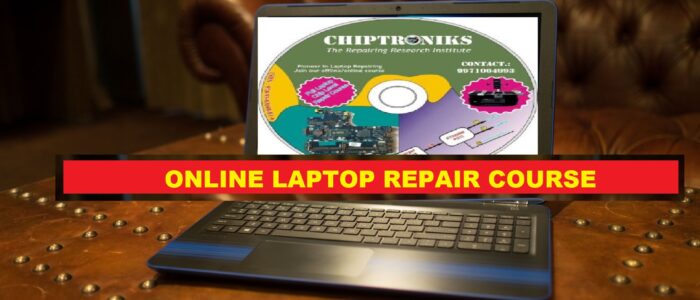
In reballing there are 2 procedures, the NETS or STENCILS procedures. it help me a lot
Hello
Thanks for the post. I wanted to ask to a question. How long should we heat the solder balls when reaballing and also at what temperature and for how long when the chip is mounted on the motherboard.
Thanks